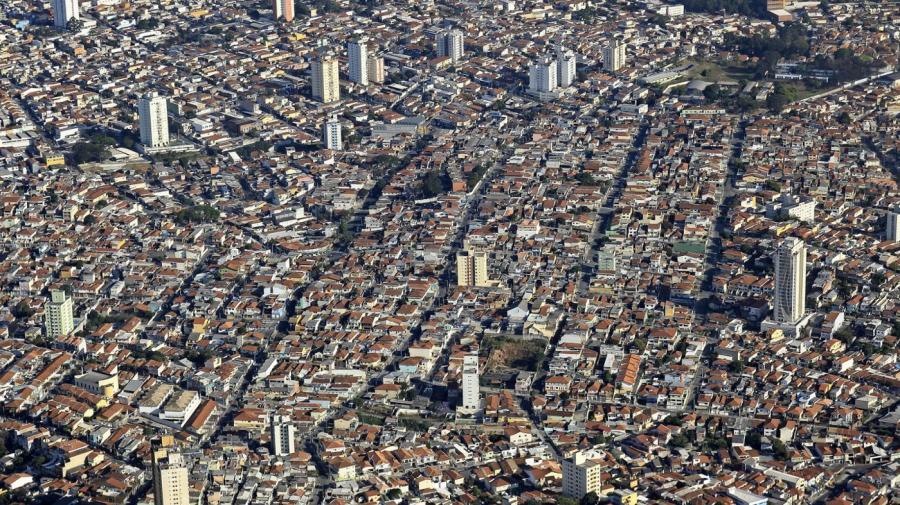What Are the Causes and Effects of Population Growth?

In general, population growth is driven by a higher birth rate than death rate, though several smaller factors impact that ratio comparison. Increased diversity and human capital are among the positive effects of population growth. It is often the negative effects, such as overcrowding, food and supply shortages and environmental damage that attract attention from politicians, economists and sociologists.
During extended periods of relatively strong global health and high birth rates, it is typical for population growth to take place. Major events like the bubonic plague stall growth and even lead to brief declines. Global economic conditions play a role as well. During favorable economic periods, world food producers can more adequately supply the food necessary to feed large populations. With a larger percentage of people prospering, more money goes to charities and food assistance programs.
More people means more workers, but large populations also tax the supply of natural resources. Animal populations become endangered and extinct as more people hunt them for food or money. Forests and land areas give way to homes, factories and other new developments. Pollution rises as communities struggle to keep up with burgeoning demand for landfill space. Famine and deprivation rise as the supply of people grows relative to the supply of food and resources.





